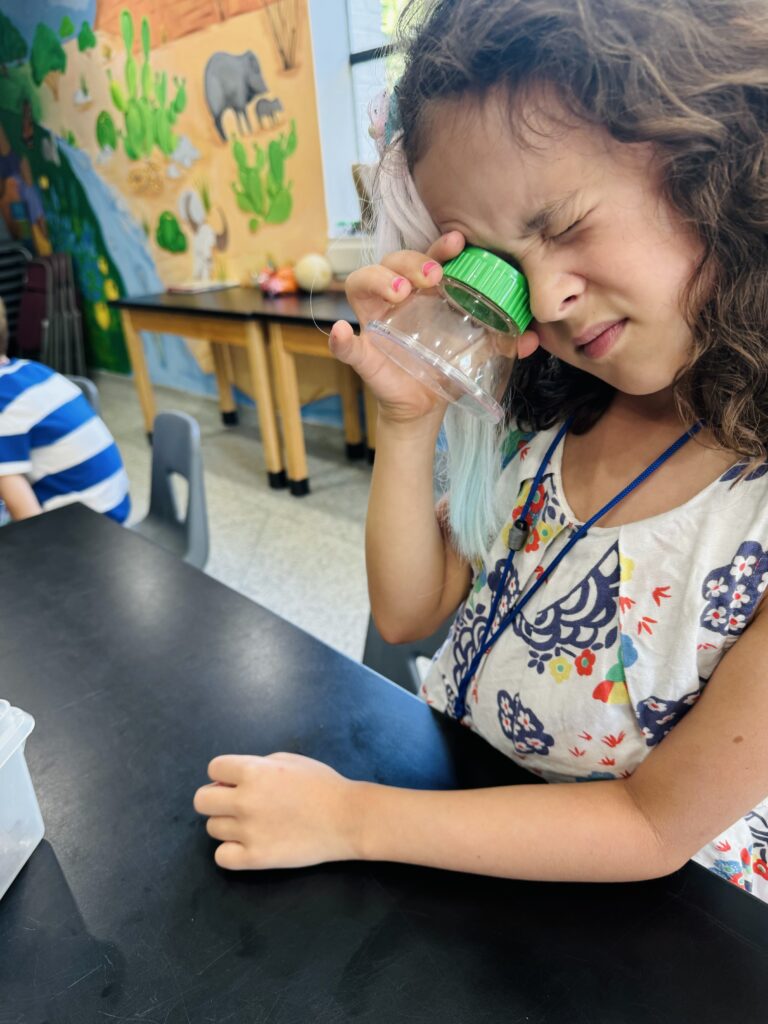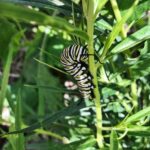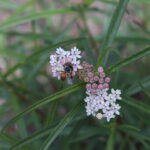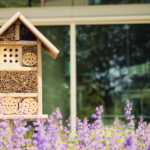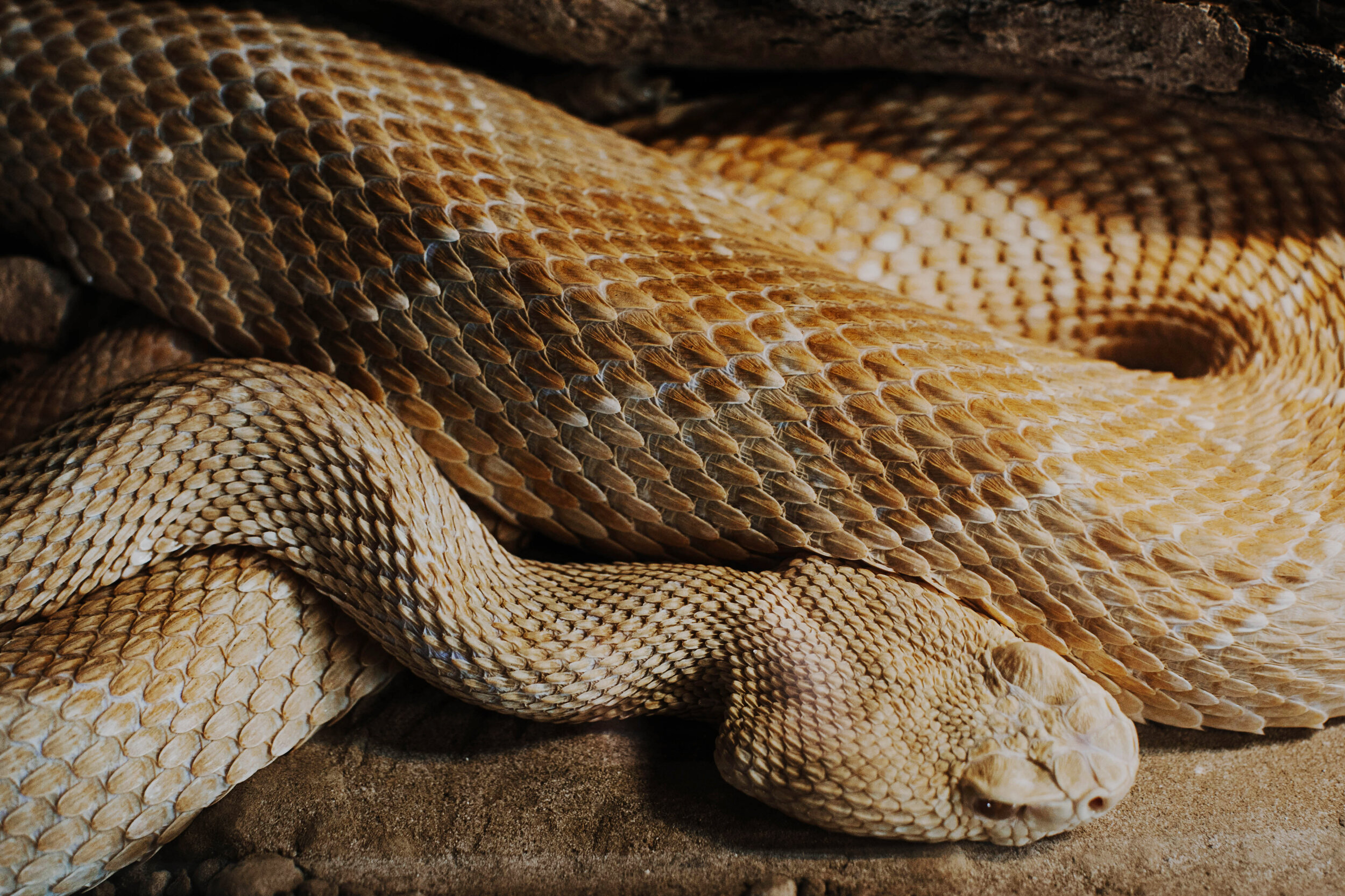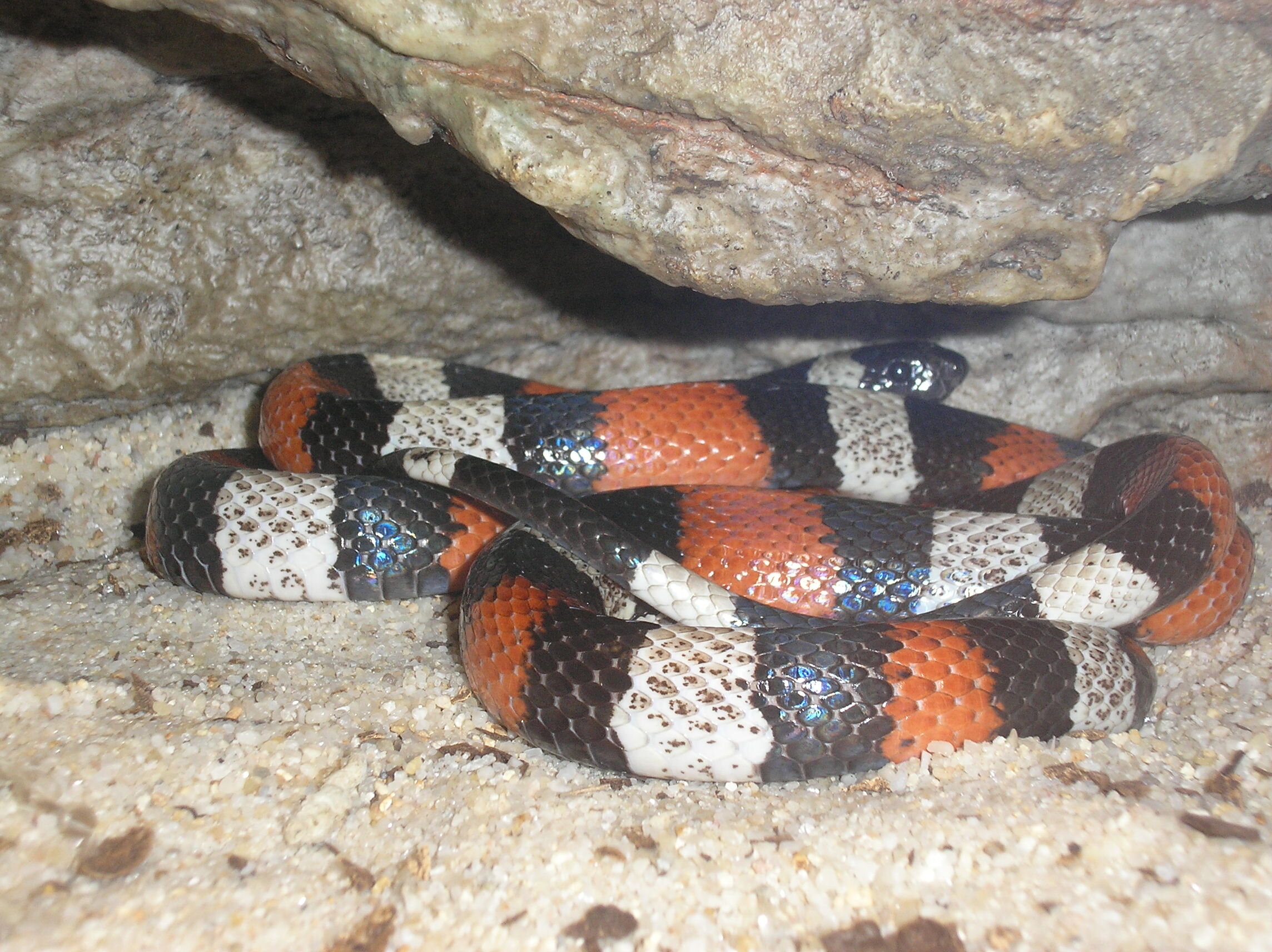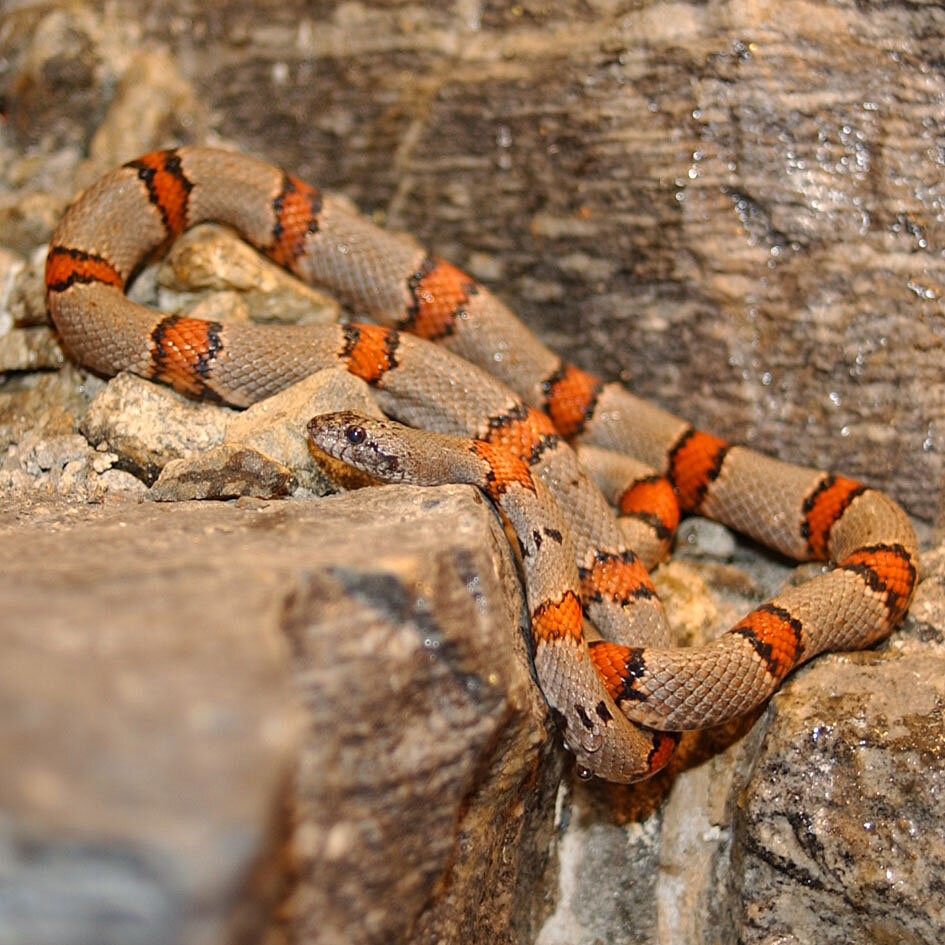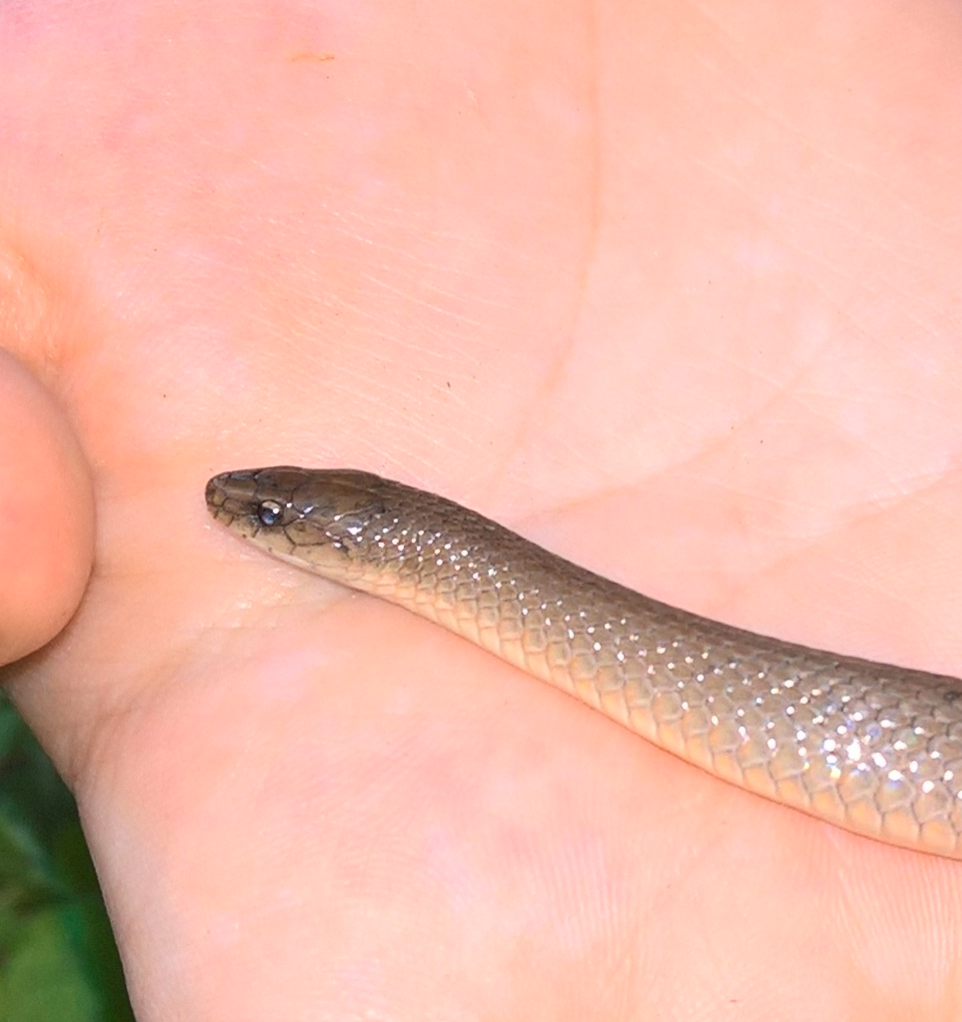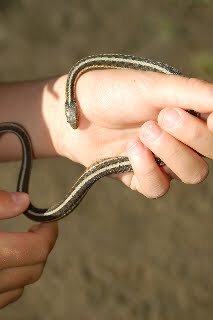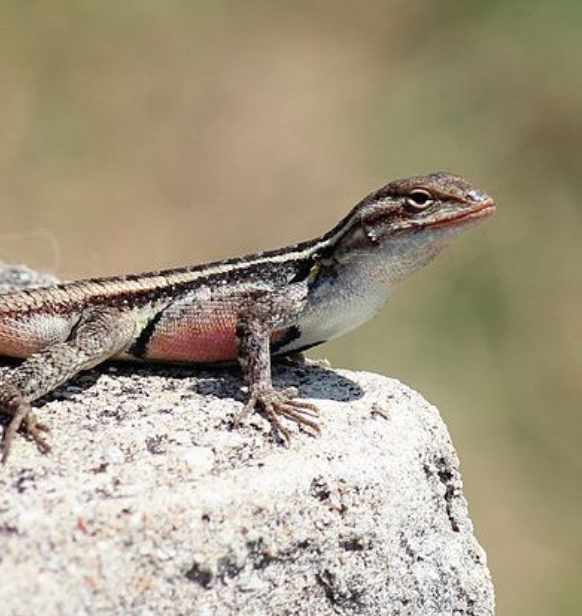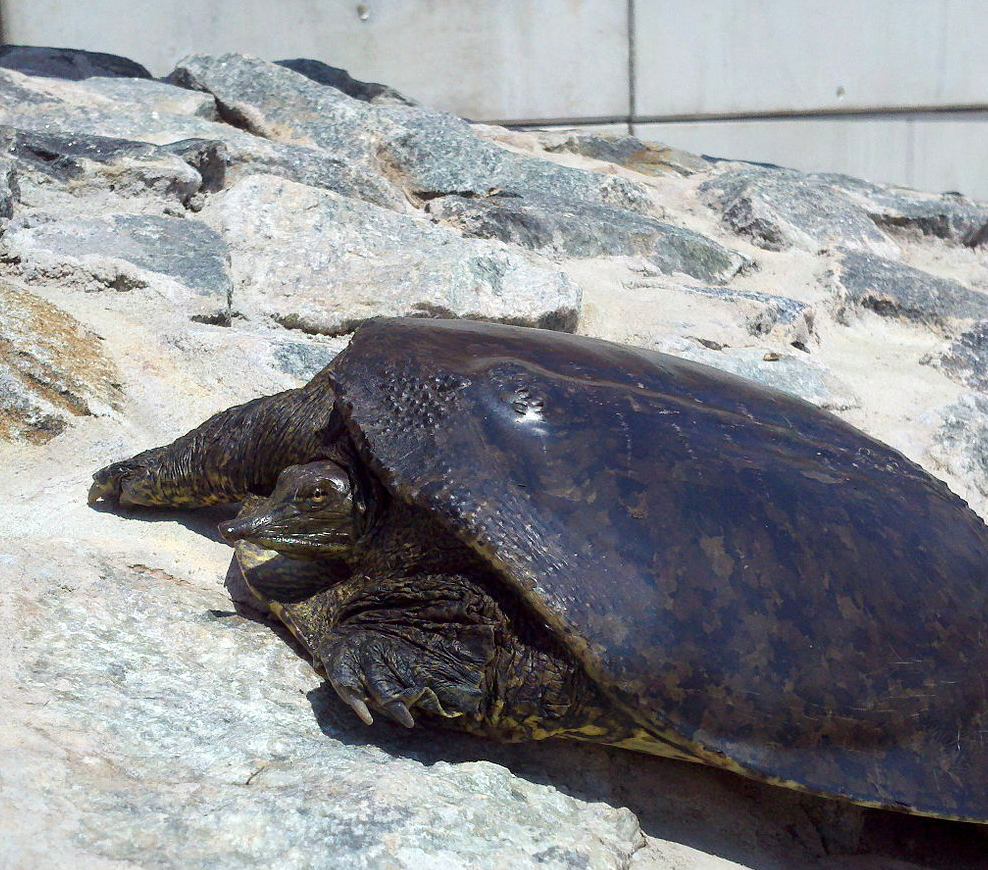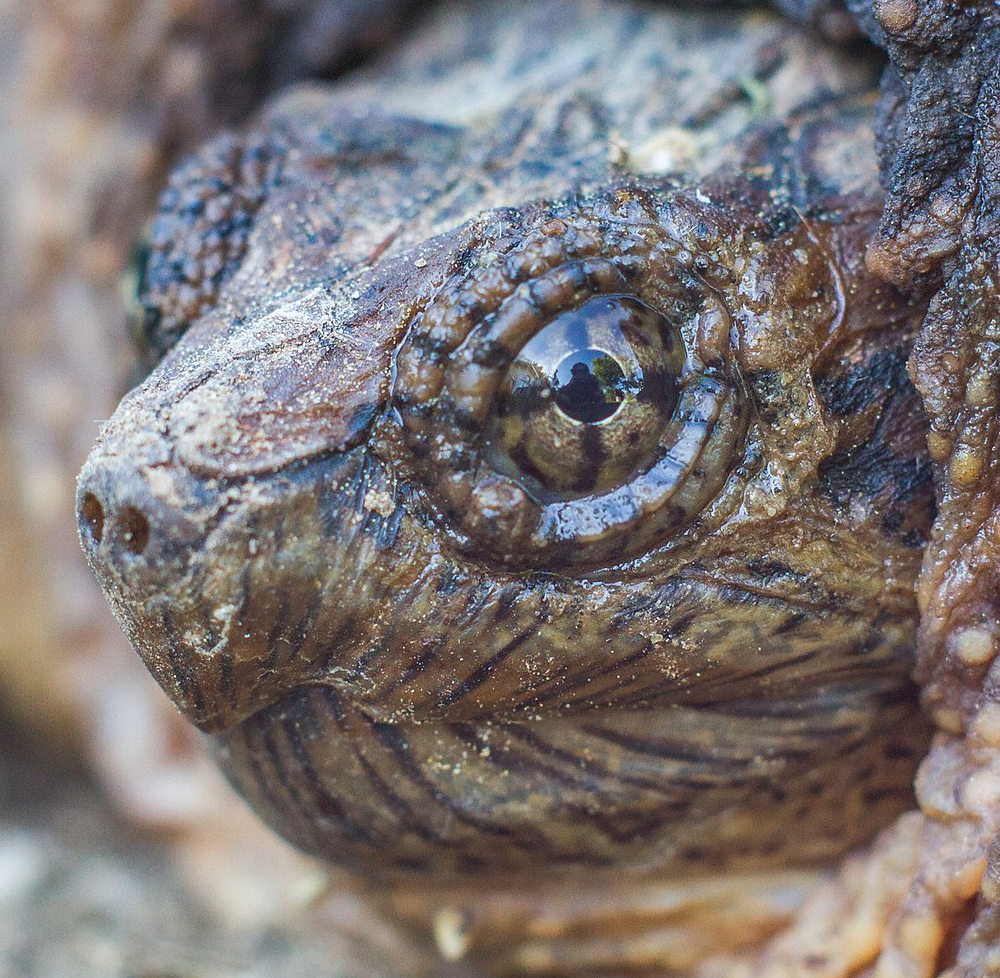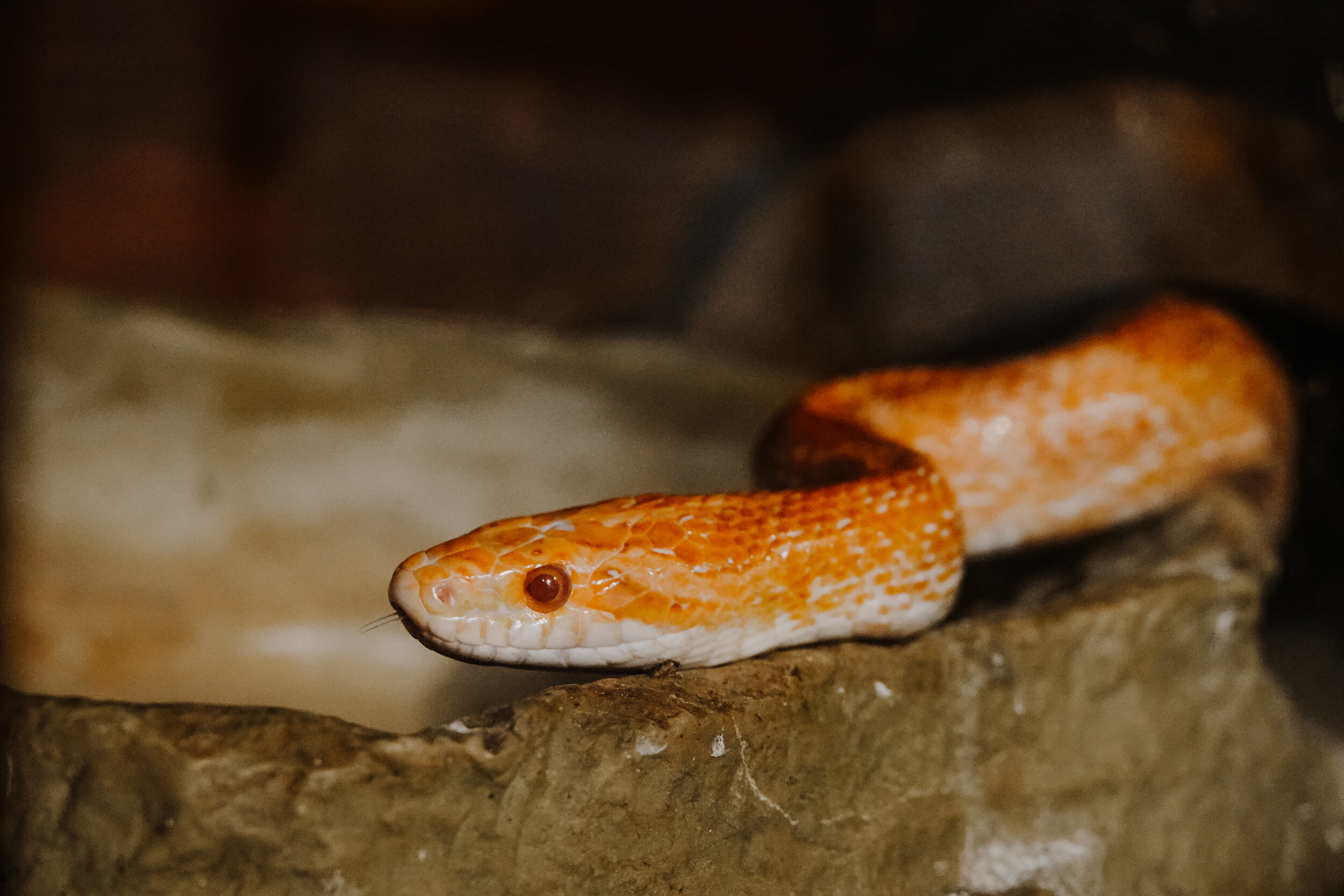Featured

A must see exhibit in Dallas, TX!
The Snake and Reptile Resort at Texas Discovery Gardens invites visitors to step into the fascinating world of cold-blooded creatures.
Recently renovated, this space now features larger viewing windows and updated lighting and electrical systems that keep our animals healthy and comfortable. A new digital display introduces guests to each reptile, transforming a simple visit into a learning experience.
Whether you're meeting a charismatic snake for the first time or watching a lizard explore its habitat, the Snake and Reptile Resort offers an up-close, safe, and memorable way for families to appreciate the diversity of wildlife.
Snakes on a plain, in a desert, and in the water
Snakes are legless reptiles found on every continent except for Antarctica, and they fascinate us! Snakes can be as small as an earthworm (like the rough earth snake that can be found in your backyard) or large enough to eat a pig (like anacondas and pythons).
Snakes are covered in scales that are connected by soft skin. A scale even covers their eyes! If you see a snake with opaque eyes, it’s about to shed its skin, which it does regularly. They “smell” through their tongues, but they can only hear very low frequencies.
In the winter, snakes will bromate – they are awake but inactive, needing much less food. Different species are nocturnal (active at night) and diurnal (active during the day).
Predator or prey?
Snakes play a vital role in our ecosystem! They eat everything from earthworms to frogs to mice to rabbits. They keep quick-reproducing populations in control. In turn, snakes are prey (food) for other predators, like hawks, foxes, and even other snakes!
The predator-prey relationship is a fragile balance. If you kill all of the predators in an ecosystem, prey will grow too quickly and destroy plant life. Once the prey animals eat all of their available food, they, too, will get sick and die. So, the next time you see a snake, know that it is busy keeping pest species like rodents in check!
Venomous or poisonous?
A venomous animal injects venom into its target – hence the name! When we hear the word, “venom,” we may think of certain species of snakes and spiders, but did you know the most venomous animals on the planet include the box jelly (native to Asia and Australia) and cone snails? The snail preys on small fish in warm water oceans. Although rare, human deaths have been recorded from the stings of larger cone snail species.
Poisonous animals have toxins in their body or on their skin that can harm or kill predators that try to eat or touch them. The beautiful monarch butterfly is poisonous! It won’t hurt you if it lands on you, but if you tried to eat it, it would taste bitter enough to spit back out. Its bright colors warn predators like birds to stay away. Another example of a poisonous animal is the poison dart frog.
Our Reptiles
Click Below to Read More!
Colorado River Toad - Incilius alvarius
Green Anole – Anolis carolinensis
Texas Spiny Lizard - Sceloporus olivaceus
Common Snapping Turtle - Chelydra serpentina
Eastern Box Turtle – Terrapene carolina carolina
Ornate Box Turtle – Terrapene ornata
Red-eared Slider – Trachymes elegans
Trans Pecos Rat Snake or Davis Mountain Rat Snake- Bogertophis subocularis
Mexican Milk Snake – Lampropeltis annulata
Brooks’ Kingsnake - Lampropeltis getula brooksi
Desert Kingsnake - Lampropeltis splendida
Everglades Rat Snake, Eastern Rat Snake, Chicken Snake - Pantherophis alleghaniensis quadrivittata
Corn Snake – Pantherophis guttatus
Texas Rat Snake – Pantheophis lindheimeri
Western Rat Snake, Black Rat Snake - Pantherophis obsoletus
Eastern Pine Snake - Pituophis melanoleucus
Image attributions
Milk Snake image- Cempbell's Milk Snake - Lampropeltis triangulum Campelli- Museum of Natural History - Picture taken by deror avi on 24th September 2006.
Rough Earth image- Kyle Wiering, CC BY-SA 4.0 <https://creativecommons.org/licenses/by-sa/4.0>, via Wikimedia Commons
Ribbon Snake image- Westportchickenboy, CC BY-SA 3.0 <https://creativecommons.org/licenses/by-sa/3.0>, via Wikimedia Commons
Spiny Softshell image- ExuberantForce, CC BY-SA 3.0 <https://creativecommons.org/licenses/by-sa/3.0>, via Wikimedia Commons
Snapping Turtle image- Fyn Kynd, CC BY 2.0 <https://creativecommons.org/licenses/by/2.0>, via Wikimedia Commons

